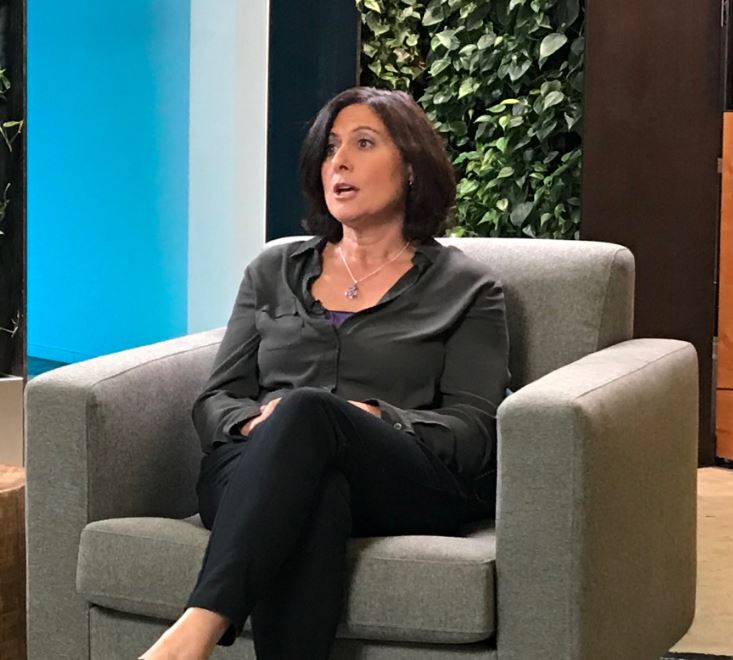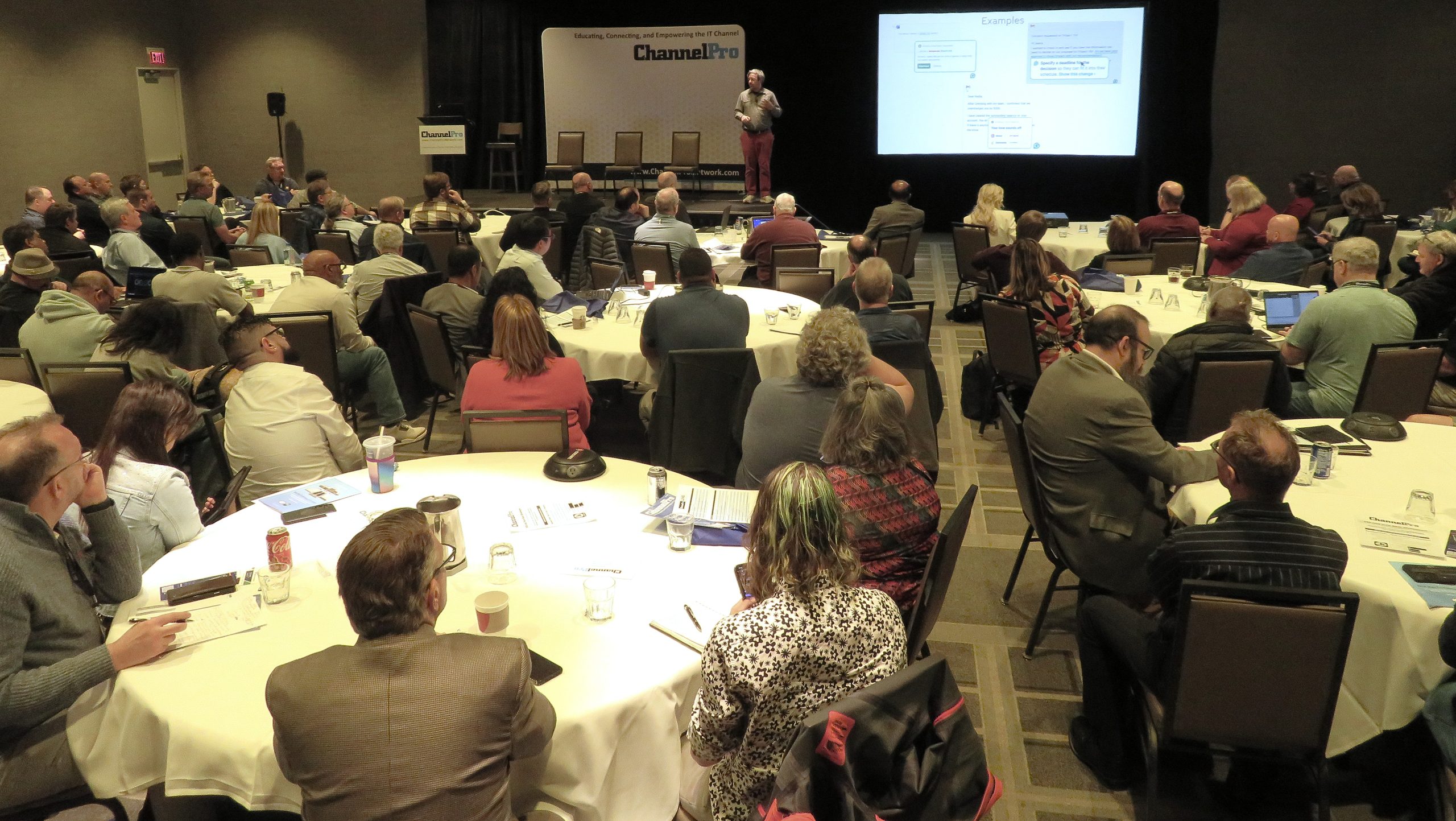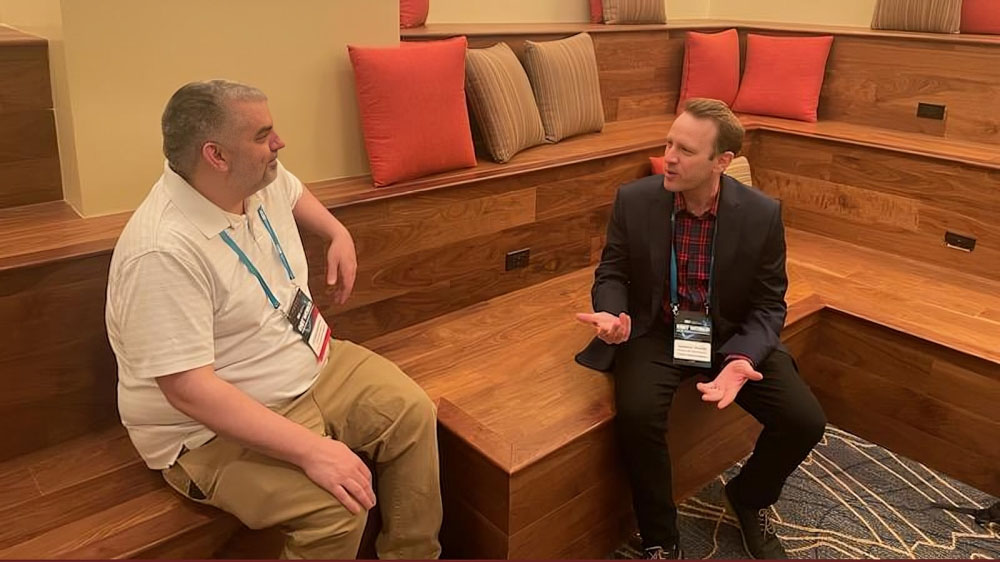Responding to pointed, often furious input from partners, Microsoft channel chief Gavriella Schuster has shared context for recently disclosed changes to the Microsoft Partner Network’s benefits and requirements, essentially characterizing them as unfortunate consequences of the program’s success.
The new rules and rewards significantly reduce long-held internal use rights (IUR) to Microsoft software as well as access to technical support for those products, and increase the criteria for earning a silver or gold competency in the program. Microsoft quietly unveiled those revisions at the start of its 2020 fiscal year, which began last week, and on the eve of its annual Inspire partner conference, which opens Sunday in Las Vegas.
Under the revised IUR policy, partners can continue to run a variety of on-premises and cloud-based Microsoft products free of charge for customer demos, employee training, and development or testing purposes. Unlike before, however, they may no longer use that software to manage their own business. As a result, many partners will now have to pay for systems deeply embedded in their operational processes for the first time.
The switch caught most partners off guard, according to Dave Seibert, CIO of Irvine, Calif.-based IT Innovators Inc. and a longtime member of Microsoft’s Most Valuable Professional (MVP) community of independent product experts. “They’re shocked and they’re upset,” he says, adding that they’ve been vocal about that displeasure. “When you impact their business, you’re going to hear about it.”
Schuster has indeed heard plenty from partners in recent days. “It’s not been good,” she said earlier this week during an exclusive in-person briefing with select members of the media. “I knew it wasn’t going to be good. Any change is hard.”
Microsoft believes this particular change is necessary, however, due to the Partner Network’s large size and rapid growth. At present, the program has some 300,000 member organizations with roughly 17 million employees worldwide. Another 7,000 companies join every month. Distributing free digital downloads of on-premises software to that many businesses, as Microsoft did for many years before cloud services became its main focus, costs the company little to nothing. Providing free access to cloud solutions like Office 365, Microsoft Azure, and Dynamics 365, by contrast, imposes measurable backend infrastructure and support overhead.
“There’s real cost, a substantial amount of real cost, in that,” says Schuster, whose official title is corporate vice president of Microsoft’s One Commercial Partner group. Microsoft didn’t anticipate just how great that cost would be, she adds. “We didn’t really think through that very much until recently when the bills were getting very bad,” she says. “I just can’t make it free anymore.”
Already, Schuster has had to cancel planned enhancements in other areas of the partner program. “I had to cut back on things that I was going to invest in this year,” she says. “If we continue to grow the number of partners, and we continue to grow their usage because they’re doing awesome things with all the technology, pretty much I could only afford to pay for the use rights and I couldn’t afford any of the other services that I’m doing.”
A similar logic guided the changed rules regarding product support for IUR software. Though partners continue to qualify for free cloud product support, they will no longer be eligible for free support incidents involving on-premises systems beginning August 1st. The latter benefit, while expensive to deliver, is used by just 1% of Microsoft partners at present, according to Toby Richards, general manager for partner go-to-market and programs in the One Commercial Partner group.
“We are a cloud company, and so we felt as if the investment we were making there for that 1% could be better served in adding more enablement, as well as some of our marketing and go-to-market services,” he says.
The low usage figures suggest that few partners really need help with on-premises technical issues anyway, Schuster adds. “That’s a really mature business, and partners and customers know how to support themselves through most of the things that happen there,” she says. What’s more, Schuster continues, partners often give free support away to their clients instead of using it themselves as intended. “The customer should pay for that,” she says.
Schuster and Richards both emphasize that partners who rely on internal use software to run their business have until July 1st of next year to make alternate arrangements.
“We wanted to give partners as much notice as we can,” says Richards, who notes that the new IUR guidelines restore use rights to their original purpose: helping partners drive revenue for themselves and Microsoft. “Our goal for the use of those is around business development,” he says.
That logic and Schuster’s reasoning leave many Microsoft partners unsatisfied, however. Some question why the new IUR rules apply to on-premises software if cloud-related expenses are the core issue. Others question whether providing free software is truly unaffordable for a company as big as Microsoft that also collects fees from partner program members.
“We pay about $2,000 per year in program fees,” says John Krikke, who is vice president of Onward Computer Systems, a silver-level Microsoft partner in Burlington, Ont. “Surely there is enough in there for 10 Office 365 licenses.”
Microsoft’s heightened requirements for attaining silver and gold competencies have only aggravated complaints like that. There too, according to Schuster, the underlying issue comes back to the increasing popularity of the partner program. Earning a competency is supposed to differentiate you from peers as one of Microsoft’s best partners, she notes. As the number of partners in a given geography rises and more of those partners earn competencies, however, the meaning of “best” eventually becomes diluted.
“How many best partners do you need in any given location before it gets to be too many best partners for a customer to choose from?” Schuster asks. “If we already have too many partners we call the best partners, then it’s time for us to raise the threshold, because it means that we’ve gotten to a place where we have to then differentiate the best again.”
Those higher thresholds pose a serious problem, though, for partners like Amy Babinchak, owner of Harbor Computer Services, a solution provider in Royal Oak, Mich. that holds a Small and Midmarket Cloud competency. In the past, the company had to obtain four net new clients over a 12-month period to qualify for that distinction. The new requirement is 10 new customers that have never previously held an Office 365 license.
“For my eight-person company, this represents 20% customer grow,” Babinchak notes. “Year over year, that is an ever increasingly difficult number to hit.” Especially, she adds, because Harbor’s business model emphasizes paying deep, personalized attention to customers, many of whom switch to the firm after having received poor service from a competing Office 365 reseller.
“Under this new program, salvaging a customer for Microsoft like these currently dissatisfied customers won’t even count toward our 10 net new client requirement to retain our competency,” notes Babinchak, who like Seibert has been a Microsoft MVP for many years. “That makes no sense at all. Microsoft is effectively pushing us out of the partner competency system.”
Based on conversations he’s had with Microsoft employees, Seibert suspects the company was blind-sided by the depth of resentment partners like Babinchak are voicing. “I don’t believe that they expected the partner base to be as vocal or upset as what’s happened over the last three, four days,” he says.
To a great extent though, he adds, Microsoft has only itself to blame. The company did a poor job of letting partners in on its evolving concerns about benefits and requirements earlier in the year, and then an even poorer job of communicating its plans for addressing those concerns more recently.
“Most partners didn’t see this coming,” Seibert says, especially the smaller ones. “Microsoft needs to be better at communicating to breadth partners.”
Indeed, Seibert continues, some of the current turmoil stems from the limited knowledge many partners have not only about the benefits they’ve lost but about the new benefits they’ve gained as well. “Eventually partners will discover that there’s a whole bunch of new entitlements,” he says. “The bad news got out before the good news got out.”
Many of those added entitlements apply only to competency holders, however. Seibert expects some partners who subscribe to Microsoft’s Action Pack, a bundle of software and support offerings targeted at entry-level members, to drop out of the program.
Even silver and gold partners are re-evaluating their membership level. Krikke, for example, estimates that his company collected about $4,000 in bonus incentive fees in the last 12 months for selling Office 365 thanks to it silver-level competency. Add in the value of the free IUR software his $2,000 annual membership fee previously got him and the return on his investment in Partner Network membership is clear. Subtract out IUR licenses though, he continues, and the business case for remaining in the program becomes shakier.
“Reduce incentives and it becomes a wash,” he says. “There are other benefits, but they are less tangible and I bet few partners use them.”
Richards, for his part, urges partners at all levels in the program to resist the all too easy conclusion that the new IUR restrictions, support incident cutbacks, and higher competency thresholds reflect waning commitment to partners inside Microsoft.
“We value them greatly,” he says.













